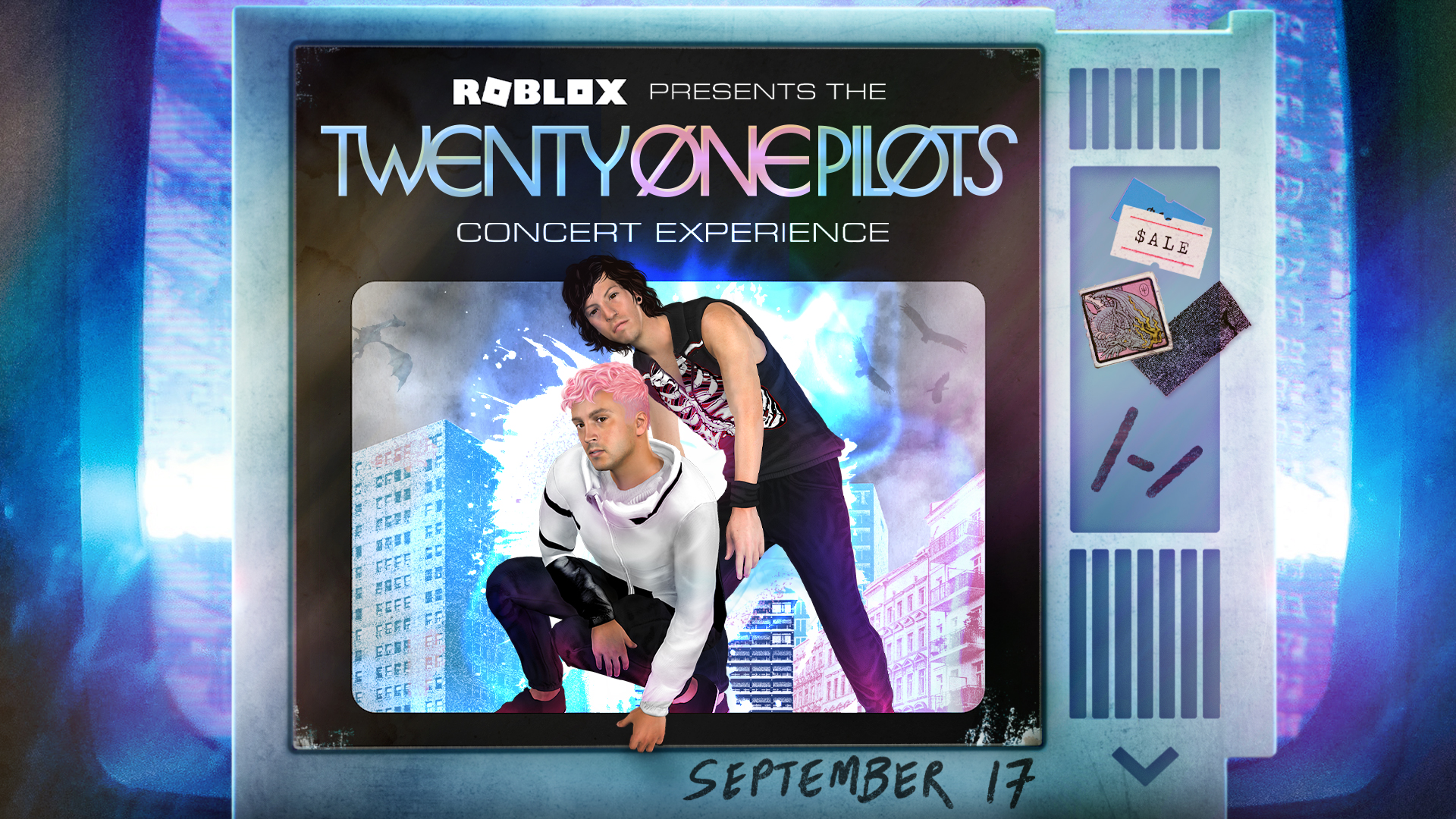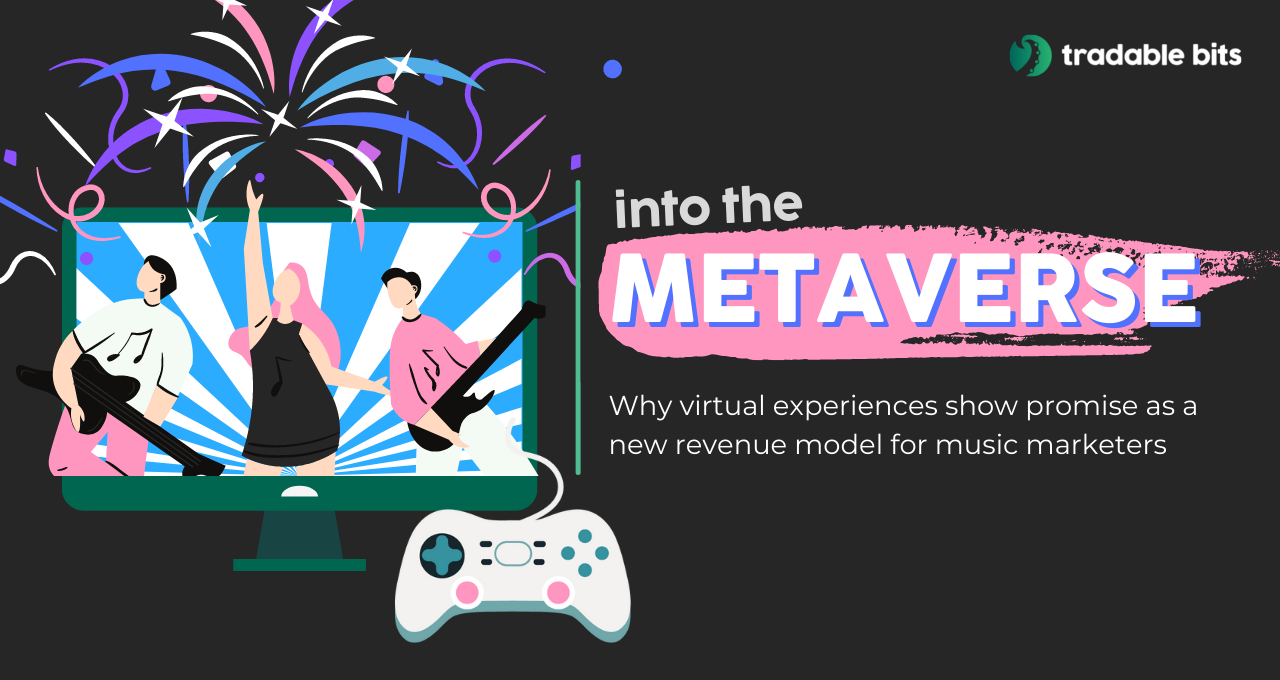While it’s been a welcome sight to see fans throng back to festivals, the music industry still has a long way to go to make up for all the losses of 2020 and early 2021. In the midst of this, the idea of the Metaverse is rapidly gaining traction as a potential solution to some of these challenges. Tackling the behemoth that is the Metaverse can be overwhelming, but the medium is sure to help music marketers reach a broader audience and build a pipeline of loyal fans for years to come.
What is the Metaverse?
The metaverse, simply explained, is a virtual ecosystem where people, brands, and institutions can interact, collaborate and just be ‘present’. Just like the physical world, folks within the metaverse can make transactions, own assets (we see your virtual Nike Air Max), or go to a concert with some friends.
Why should music marketers care?
It’s hard to escape repeated headlines about the latest tryst a cult personality has had with the metaverse. Whether it’s Balenciaga dropping a luxury line on Fortnite or Poppy launching a listening party in Roblox, the message is clear - big money is flowing into the metaverse.
Thanks to the pandemic, the use of digital (and subsequently the interest in virtual experiences) skyrocketed. We’re no longer looking at a “fringe” group of highly dedicated fans, there’s a new world of curious, socially motivated and tech-savvy people that are leaning into the metaverse. As we look to 2022 and beyond, it’s clear that gaming platforms and big brands will be amplifying their efforts to create more immersive experiences for their consumers. This presents a great opportunity for the music industry to embrace a medium that just hits different!
Some artists and festivals have already done a great job of taking advantage of this trend over the last few years:

Marshmello x Fortnite - The American producer held the first-ever free Fortnite concert in 2019, breaking the ice for artists to try an immersive virtual experience. Marshmello’s concert treated over 10 million concurrent users with stunning set designs and gravity-altering stages. Fans were evidently impressed with the quality and execution of the virtual concert, as shown by the surge of engagement across his socials thereafter.
FireFest x Minecraft - the popular gaming platform pulled off one of the biggest free virtual music festivals in 2019, by having over 50 up-and-coming artists and producers perform across two days. This brought exposure to many new artists but also captivated the fans with the magnitude of the line-up.
Travis Scott x Fortnite - The rapper followed Marshmello’s footsteps but completely redefined virtual experiences with his ‘Astronomical Tour’ on Fortnite in 2020. The tour spanned several time zones and went on for three days to maximize viewership. His performance brought in over 12.3 million concurrent users who participated in unique outer space and underwater experiences. Scott’s collaboration with Fortnite also featured themed skins and items which also generated revenue for the artist while engaging with fans in the game.
21 Pilots x Roblox- More recently, 21 pilots collaborated with gaming platform Roblox to give fans a unique concert experience in 2021. Teasing the event with custom games, avatars, and items. The duo found a means to generate some hype both in the gaming world and the music industry. Engaging the fans by incentivizing their concert experience with prizes for the scavenger hunt activity and exclusive shop items drove fan activity through the roof!
Why we’re here for all the hype
Access to new fan bases:
Fans come in different forms and volumes. By tapping into the virtual world, labels and artists can take advantage of the cohort of new fan bases that are waiting to be engaged. Even though the Metaverse is currently being used by bigger artists in the industry, it paves the way for many others to explore and utilize the digital world. As we look back at Marshmello’s break into the scene with Fortnite and Travis Scott’s virtual tour, it goes to show, the use of virtual mediums, especially through the gaming industry, is really ramping up and access to immersed fan bases can be capitalized on to generate more sustainable revenue streams.
Sustainable Revenue Opportunity:
The metaverse shows promise as a way to put more money back into the pockets of artists. If we look back on the past 18 months, artists were stripped of their ability to build revenue off of touring and ticket sales due to the lack of in-person events. This is why many artists are likely looking to the metaverse and other auxiliary revenue opportunities as a way to build revenue models that aren’t so reliant on streams
Cult of Personality & Building Long-Term Loyalty:
The best way to capture loyal fans is to: (i) Give them an experience they’ll never forget, and (ii) Make them part of a larger community.
The metaverse widens an artists’ ability to do this. Beyond reaching younger fans, the metaverse does one thing that live performances can’t always do - it evens the playing field when it comes to location. The metaverse also bridges the experience gap that socials or direct-to-fan communication may miss out on. The intersection that the metaverse lives in allows artists to leave lasting impressions on new fans and invite them into a strong community, without the higher barrier to entry live shows may have. Long-term, this means that artists are crafting the type of fans that are eager to meet them across more touchpoints - from virtual experiences & merch to discord and then finally at a live show.
Access and Experience:
If a fan’s favourite artist isn’t touring or local to their area, the metaverse still provides a way to tap into an immersive experience, one where they can be “front row” to the action. It also lowers the barrier to entry for fans, whether they’re faced with a monetary cost they can’t justify, or are just not up to braving sweaty crowds and long lines. Beyond access, the metaverse also allows artists and fans alike to tap into a new creative sphere. As we’ve seen from examples like Travis Scott’s Astronomical world tour, there’s the ability to create worlds that would be difficult to replicate life and provide fans with a lens straight into the creativity of the artist.
Built-In Virality:
The Metaverse could also open the floodgates for fans to express their creativity, as a part of a collaborative process with their favourite artists. From creating new avatars, storylines or skins, to submissions for what they’d want to see next, the metaverse shows promise as a great place for organic UGC.
We’re geeks when it comes to innovation and there have been a lot of cool ideas that have gotten us hyped over the last few years. However, the Metaverse and its larger ecosystem have the potential to flip the revenue models of the music industry on their head and we’re excited to see what the industry has in store for its fans.
